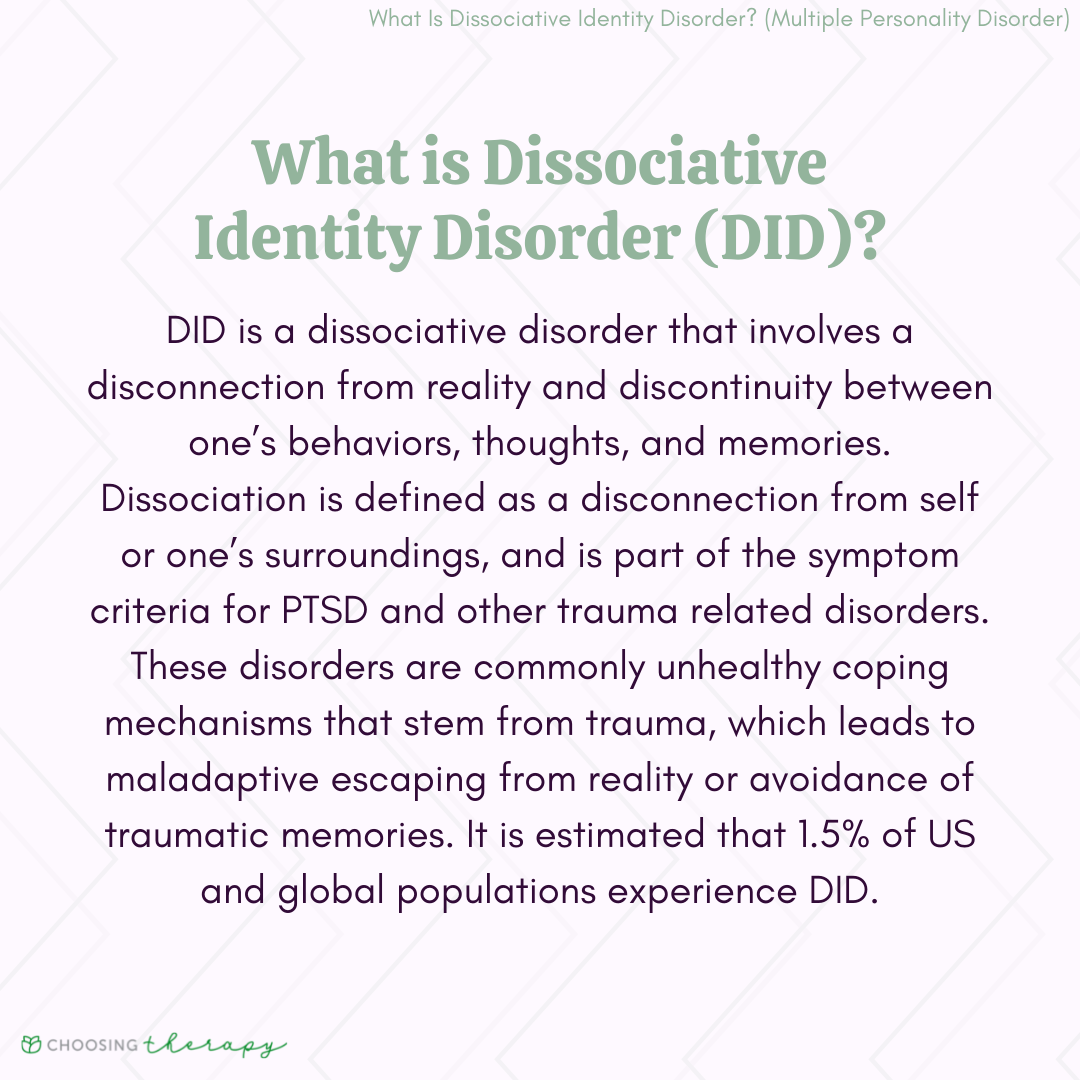How Tides Shaped the Health Crisis in Early Jamestown: Water, Disease, and Survival
Introduction: The Crucial Role of Tides in Jamestown’s Health Crisis
Jamestown, founded in 1607, was the first permanent English settlement in North America. Its location was chosen for defense and proximity to navigable waters, but this decision had unforeseen health consequences. The interplay between the tides of the James River and the freshwater sources on Jamestown Island created a brackish environment-a blend of saltwater and freshwater-that directly affected the settlers’ health. Understanding these environmental dynamics is essential for grasping why disease and mortality rates soared in the early years of the colony [1] .
The Science of Tides and Brackish Water in Jamestown
Jamestown was located at a point where the James River’s tidal flow brought seawater far inland. This led to the mixing of saltwater and freshwater, creating brackish water in the surrounding wells and aquifers. Tidal action, especially during high tides, would push saltwater further onto the island, contaminating the shallow wells the settlers relied upon. This effect worsened during droughts, when the freshwater table dropped, allowing even more saltwater intrusion [2] . The settlers, unfamiliar with these tidal patterns, often could not distinguish safe from unsafe water sources.

Source: vrogue.co
Brackish water is neither fully freshwater nor fully saltwater. Its higher salt content makes it less suitable for drinking and increases the likelihood of it harboring disease-causing organisms. The tides acted as a conveyor, regularly carrying contaminants from the river and nearby swamps into the wells [3] .
Direct Health Effects: Disease Outbreaks and Waterborne Illness
The most immediate inference about the effect of tides on health in Jamestown is a direct link between tidal brackish water and high rates of disease . Colonists frequently suffered from dysentery, typhoid, salt poisoning, and other waterborne diseases. Contemporary accounts describe waves of sickness, particularly during the hot summer months when tidal influences were strongest and water levels fluctuated dramatically [5] .
Studies of well water from Jamestown have revealed multiple hazards:
- High Salinity: Drinking salty water can lead to dehydration and increased blood pressure, both of which were observed among the settlers [2] .
- Arsenic and Metals: The aquifer contained high levels of arsenic and iron, further compounding health risks.
- Bacterial Contamination: Poor sanitation and shallow wells allowed fecal bacteria to contaminate the water, especially during periods of flooding or high tides.
Jamestown’s infamous “Starving Time” (1609-1610) saw the population reduced from 500 to about 60. While famine and conflict were factors, contaminated, brackish tidal water was a major driver of disease and mortality [5] .
Environmental and Seasonal Factors: When the Risk Was Highest
The severity of water contamination in Jamestown was exacerbated by both environmental and seasonal factors. Droughts reduced freshwater flow, which made tidal saltwater intrusion worse. Summer heat amplified bacterial growth and evaporation, concentrating the contaminants left behind by receding tides. This seasonal pattern meant that disease outbreaks often peaked in the late summer and early fall [5] . Colonists reported the worst illnesses after periods of high water levels, confirming the link between tides and health risks.
Historic floods and modern climate events continue to threaten the site, showing that tidal risk is not just a thing of the past. Archaeological preservation efforts face similar problems, as rising sea levels and more frequent storms increase flooding and saltwater intrusion at the original Jamestown site [4] .
Why the Colonists Couldn’t Solve the Water Problem
The settlers’ attempts to secure clean water were hampered by limited knowledge and technology. Most English colonists in 1607 were unfamiliar with the tidal dynamics of North American rivers. They dug shallow wells, which were easily contaminated by both tides and inadequate waste management. The prevailing miasma theory (which wrongly attributed disease to bad air and smells) limited their understanding of waterborne pathogens [1] .

Source: helpfulprofessor.com
Attempts to relocate wells or use different water sources were generally unsuccessful due to the island’s geography. The proximity of saltwater, combined with frequent droughts, made finding a reliable source of freshwater nearly impossible [2] .
Modern Lessons: How to Investigate Historic Environmental Health Risks
Researchers and the public can explore the legacy of Jamestown’s health crises using several methods:
- Historical Research: Visit local libraries or search for primary source documents, such as the journals of John Smith or records from the Jamestown-Yorktown Foundation.
- Scientific Studies: Look for academic articles on water quality and environmental history in early Virginia. University websites often host accessible research summaries.
- Archaeological Sites: You can plan a visit to Historic Jamestowne (run by Preservation Virginia and the National Park Service) for interpretive tours explaining the environmental challenges faced by settlers.
- Government Resources: For information on environmental health and water quality, consider searching the U.S. Environmental Protection Agency (EPA) website or contacting local public health departments. Use search terms like “historic waterborne disease” or “environmental health Jamestown.”
If you are interested in exploring Jamestown’s historical health issues in more depth, start by searching for “Jamestown water quality research,” “colonial disease outbreaks,” or “Preservation Virginia Jamestown.” Official museum and government agency websites are the most reliable sources for up-to-date information.
Practical Steps for Further Research
- Begin with the Jamestown Rediscovery Foundation or the National Park Service by visiting their official pages and searching for “Jamestown environmental history.” These organizations regularly publish new findings about the site’s environmental challenges.
- Use university library databases or Google Scholar to look for peer-reviewed articles on “tides and health in colonial Virginia.” Focus on papers published in the last ten years for the most current perspectives.
- Contact your local library for help accessing books or journals on the topic. Librarians can suggest authoritative works on colonial medicine and environmental hazards.
- Consider attending public lectures or webinars offered by museums or historical societies. These often include Q&A sessions with archaeologists and environmental scientists.
- If you have questions about water testing or environmental health in your own community, reach out to your local health department or the state Department of Environmental Quality for resources and guidance.
Key Takeaways and Ongoing Relevance
The effect of tides on health in Jamestown was profound: tidal action led to brackish, contaminated water that fueled deadly disease outbreaks and contributed to the colony’s high mortality rate [3] . This case remains an essential example of how environmental factors can shape public health outcomes, particularly in communities that lack adequate knowledge or technology for water management. By studying Jamestown, researchers and the public can gain valuable insights into the importance of clean water, the dangers of tidal contamination, and the ongoing struggle to balance human settlement with environmental realities.
References
- [1] St. Luke’s Historic Church & Museum (2020). 17th Century Medicine: A Major Obstacle Faced by the Jamestown Colony.
- [2] William & Mary News (2011). Did bad water contribute to the Starving Time?
- [3] Gauthmath (2024). What inference can you make about the effect of tides on health in Jamestown?
- [4] Saving Places (2025). Facing Increasingly Severe Flooding, Jamestown Archaeologists Are Saving What They Can.
- [5] Encyclopedia Virginia. Starving Time, The.
MORE FROM oncecoupon.com













